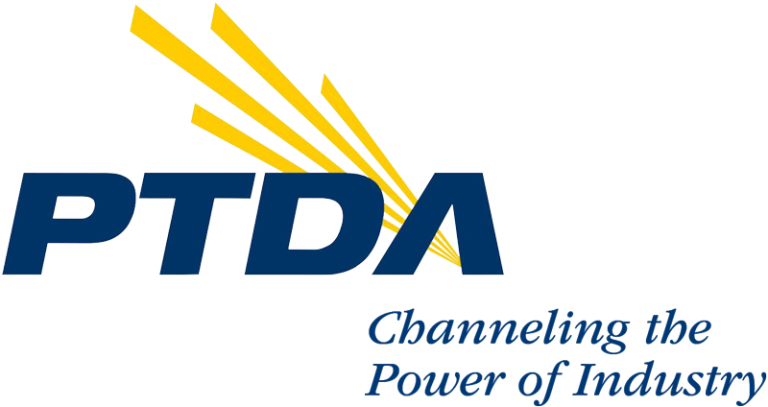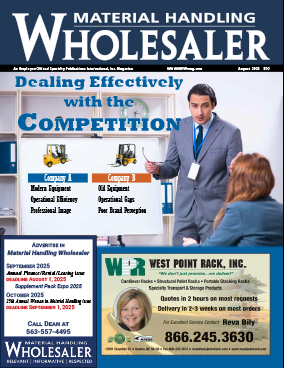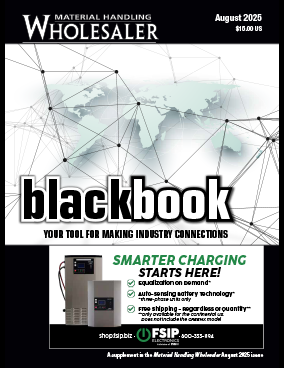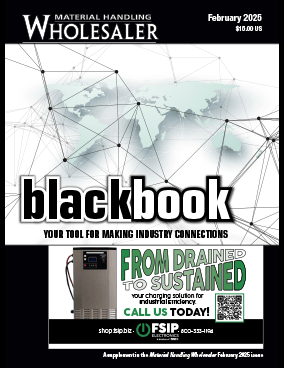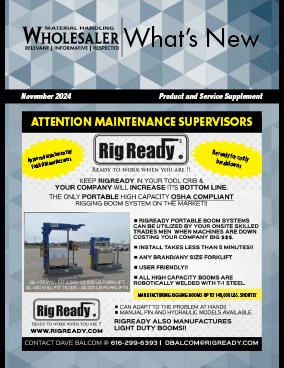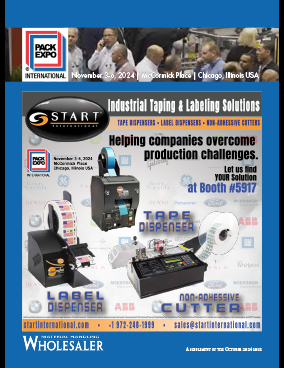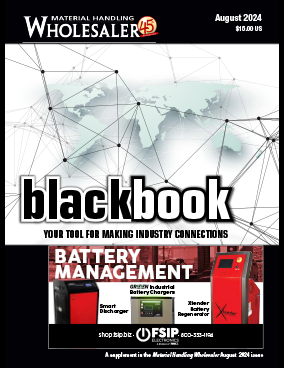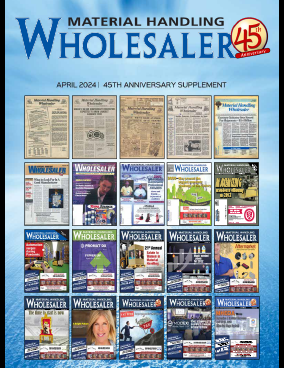Events such as the West, Texas fertilizer plant explosion in April and the explosions at two manufacturing facilities in Louisiana in June have renewed interest in the regulations that have been established regarding accidental release prevention and facility security.
In the Clean Air Act Amendments of 1990, Congress directed the Occupational Safety and Health Administration (OSHA) and the Environmental Protection Agency (EPA) to develop regulations to “prevent the accidental release and to minimize the consequences of any such release” of any regulated substance. In response to this directive, two major accidental release prevention provisions were created: OSHA’s process safety management (PSM) rules, and the U.S. EPA’s risk management planning (RMP) rules.
The PSM and RMP rules all apply to facilities that contain more than a designated amount of a specifically listed substance in a single process. While it is reasonable to assume that a facility subject to PSM rules is also subject to RMP rules, these two sets of rules are applied in notably different ways.
Processes defined
One area where both the PSM and RMP standards align is in their definition of a “process.” Both rules define a process as one or more of these activities:
- Use
- Storage
- Manufacturing
- Handling
- On-site movement
Under this definition, interconnected vessels, such as two tanks connected by a pipe, are considered one process. Some separated vessels also may be considered a single process when they can reasonably be expected to be involved in the same release. [29 CFR 1910.119(b); 40 CFR 68.3]
Materials and thresholds differ
To comply with both PSM and RMP rules, operators of covered processes must carefully examine the list of regulated substances and both the EPA and OSHA thresholds for these substances. Because OSHA and EPA promulgate their rules separately, the two programs’ lists of substances and thresholds differ. In some cases, one program lists a substance that the other program does not.
For example, the EPA includes the chemical peperidine (CAS # 110-89-4) in its list of regulated substances, but this substance is not on the OSHA PSM list of regulated substances. Similarly, OSHA includes ozone (CAS # 10028-15-6) on the PSM list of regulated substances, while the EPA does not include ozone on the RMP list. One substance involved in the West, Texas incident, ammonium nitrate, has been significantly discussed, but is neither on the PSM nor the RMP list.
Where the two agencies do list the same substances, their triggering thresholds may differ significantly. The following table highlights a few of these differing threshold quantities:
|
Substances |
CAS # |
RMP (EPA) Threshold |
PSM (OSHA) Threshold |
|
Acetaldehyde |
75-07-0 |
10,000 |
2,500 |
|
Bromine |
7726-95-6 |
10,000 |
1,500 |
|
Phosgene |
75-44-5 |
500 |
100 |
Exceptions differ
Being subject to one of the release prevention planning rules does not automatically mean you will be subject to them all. Equally, being excluded from one does not mean you are excluded from them all. There are different exclusions from the PSM and RMP standards. For example, the West, Texas facility used anhydrous ammonia in a process. Both the PSM and RMP rules regulate processes with anhydrous ammonia, and both list the same threshold: 10,000 lbs. It was reported that the facility exceeded this threshold and had prepared and submitted a risk management plan in accordance with 40 CFR Part 68.
However, the facility was excluded from OSHA’s process safety management planning requirements. That was because the facility was operating under an OSHA exclusion for “retail” establishments, which is defined by the Clean Air Act Amendments of 1990 as facilities with more than half of their income coming from direct sales to the end user (i.e., local farmers purchasing their fertilizer products directly from the West, Texas facility).
Other important release planning programs
While both the Process Safety Management and Risk Management Planning rules are intended to decrease the likelihood of accidental releases, it is important to note that some facilities also may be subject to planning regulations that are intended to diminish the likelihood of intentional releases. In particular, facilities should familiarize themselves with the following requirements:
- U.S. DOT Cargo Security Planning (49 CFR 172, Subpart I): These confidential planning requirements apply to facilities that offer certain types of DOT-regulated hazardous materials in specific quantities (the standard also applies to carriers transporting the same materials and quantities).
- Department of Homeland Security’s Chemical Facility Anti-Terrorism Planning (6 CFR 27): This rule, also known as CFATS, applies to facilities with quantities of specifically listed substances above a designated threshold. Covered facilities must complete a “top screen” risk assessment of the regulated substance and submit the results to the Department of Homeland Security (DHS). The DHS reviews the submissions and ranks the facilities based on their security threat risk. High-risk facilities must then prepare detailed security plan.
Any facility that stores, manufacturers, processes, handles, or offers for transport a chemical substance or mixture needs to carefully review its activities and materials against each of the planning rules separately to determine which requirements apply.
In response to recent tragic releases like the West, Texas incident, the EPA, OSHA, DOT, and DHS are working to better communicate and share information on chemical storage and catastrophic release planning information. Congress is also moving to strengthen the release prevention planning requirements by calling on the EPA to add ammonium nitrate to its list of regulated substances under RMP. Whatever the result, chemical storage and handling facilities can expect more scrutiny from local and Federal authorities regarding emergency release planning as agencies work to prevent future catastrophes.
Identify your emergency planning, release prevention, and reporting responsibilities under the EPA’s major programs at the Complete Environmental Regulations Workshop! The workshop covers core elements of the Clean Air Act, Clean Water Act, Safe Drinking Water Act, CERCLA/Superfund, FIFRA, EPCRA, RCRA, and more.



